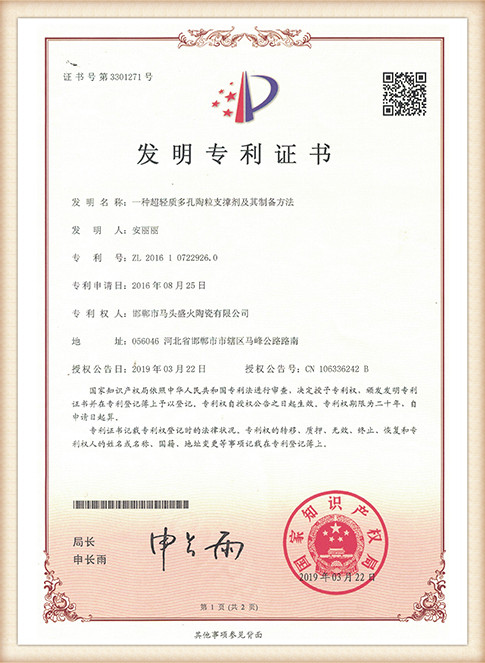Application of Sand Casting Process
Sand casting is one of the oldest and most versatile metal-forming techniques available to engineers and manufacturers today. Its ability to create complex shapes and its adaptability to different metals and alloys make it an essential process across various industries, including aerospace, automotive, and art. This article will delve into the application of the sand casting process, exploring its advantages, the procedure involved, and its limitations.
Overview of Sand Casting
At its core, sand casting involves creating a mold from a mixture of sand and a bonding agent, typically clay or resin, to form a cavity that matches the desired shape of the final product. Once the mold is prepared, molten metal is poured into the cavity and allowed to cool and solidify. After cooling, the sand mold is removed, revealing the cast part. This method is widely used due to its cost-effectiveness and ability to produce intricate designs with relatively short lead times.
Key Applications
1. Automotive Industry One of the largest consumers of sand casting is the automotive industry. Components such as engine blocks, transmission cases, and various structural elements are often produced using this technique. Sand casting enables the creation of large, complex geometries that are crucial for modern vehicle design. Moreover, it allows for the use of different materials, including aluminum and iron, catering to both structural strength and weight-saving requirements.
2. Aerospace Manufacturing In the aerospace field, precision and quality are paramount. Sand casting is utilized to manufacture critical components such as turbine parts, brackets, and housings. The ability to create lightweight and strong parts is essential in aerospace applications, where performance and safety are prioritized. Advanced techniques, such as investment sand casting, provide the additional benefit of enhanced precision, facilitating the production of highly intricate designs.
3. Art and Sculpture Beyond industrial applications, sand casting is also widely used in the artistic domain. Sculptors and artists leverage this technique to bring their creative visions to life. From small, intricate pieces to large sculptures, the flexibility of sand casting allows for a broad range of artistic expression. The process can produce replicas of original artworks, enabling artists to recreate their substance in multiple materials.
4. Marine Components The marine industry often requires parts that can withstand harsh environments and are resistant to corrosion. Sand casting is employed to produce components like valves, pumps, and fittings that are crucial for marine applications. The use of corrosion-resistant alloys in sand casting enhances the durability of these components, making them suitable for extended service in challenging conditions.
application of sand casting process

Advantages of Sand Casting
One of the primary benefits of sand casting is its cost-effectiveness, especially for low to moderate production runs. The materials used for sand molds are relatively inexpensive, and the setup time is considerably shorter than for other casting processes. Additionally, the sand molds can be reused, further lowering production costs.
Flexibility in design is another significant advantage. Sand casting can accommodate various sizes and shapes, making it suitable for both small and large parts. The process also allows for easy modification of the mold, providing manufacturers with the ability to iterate designs quickly.
Limitations
Despite its many advantages, sand casting does have its limitations. The surface finish of sand-cast products is typically not as smooth as that produced by other methods, such as die casting or investment casting. This often necessitates additional machining or finishing processes, which can add to the overall production time and cost.
Furthermore, the dimensional accuracy of sand casting can be less precise compared to other methods. Tolerances can be more challenging to achieve, which may require careful design considerations or post-casting machining to meet specifications.
Conclusion
The sand casting process remains a vital and widely used method in various industries. Its ability to produce complex shapes, coupled with cost-effectiveness and flexibility, makes it an attractive option for manufacturers. While there are limitations concerning surface finish and dimensional accuracy, advancements in materials and techniques continue to improve the sand casting process, ensuring its relevance in modern manufacturing. Whether in the automotive sector, aerospace, or artistic expressions, sand casting plays a crucial role in bringing designs to reality.
Post time:Δεκ . 10, 2024 14:18
Next:resin sanding
